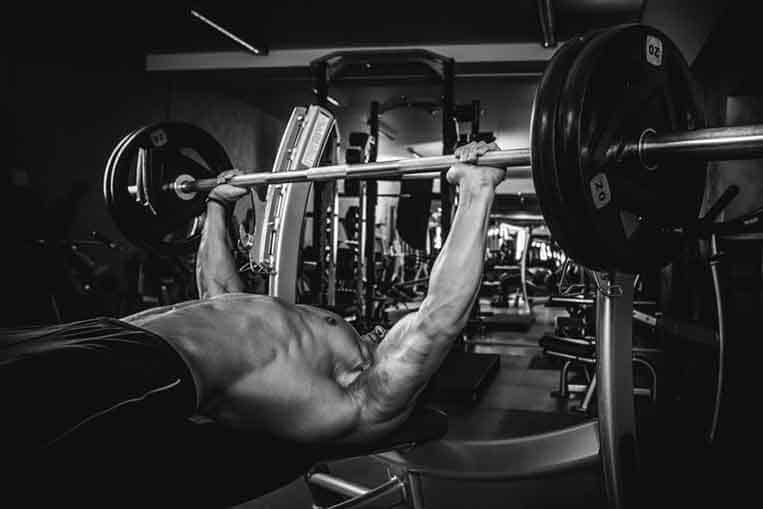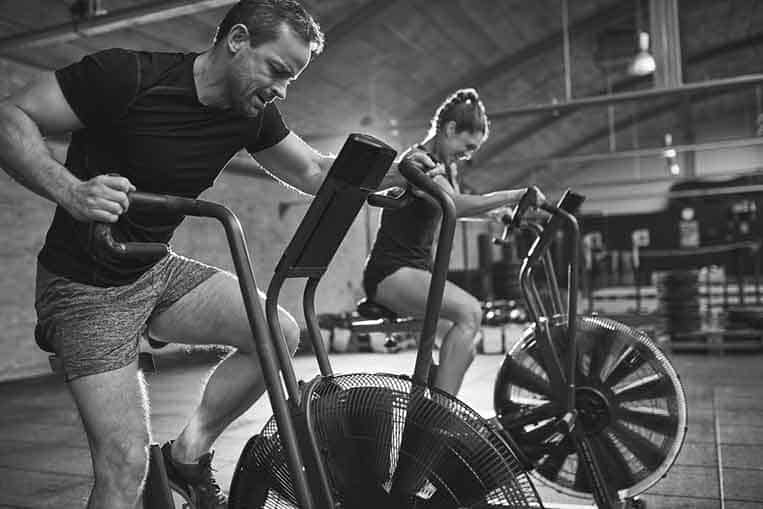This article is for bodybuilders who want to gain strength. The muscle may look good but it may lack strength and power. Here is a guide for strength training for bodybuilders

If you’re starting out on the path of resistance training then this will be a valuable read.
With articles like this, I endeavour to be brief, while “priming” you with enough information to (a) help you understand the subject a little more; and (b) highlight some areas of interest you might want to pursue.
Resistance training with the specific goal of increasing strength is, I believe, the most important discipline within the overall bodybuilding and physique enhancement ethos.
I consider it the default training mode because it is an entirely functional platform from which additional performance, sport, physique and strength goals can be successfully realized.
Content Table
High Load Resistance Training
Lifting heavy loads leads to significantly greater gains in dynamic strength than low load training. This is fairly unsurprising but it has still taken several studies and some meta analysis to prove scientifically.
High loads are defined here as weight equal or greater than 60% of your 1RM (one rep max).
The term “dynamic” here refers to the movement of the muscle, and thus the load, by either concentric contractions (where the muscle shortens) or eccentric contractions (where the muscle lengthens but muscle fibers still contracting under load).
An example of a concentric contraction is the shortening (and bulging) of the biceps during a bicep curl as the weight is moved upwards towards the shoulder.
Here, the contraction forces applied by the biceps are greater than the downward force of the weight.
As the weight is lowered to a straight arm position, still under load, an eccentric contraction is performed and the biceps lengthen. Here the contraction forces of the biceps are outweighed by the forces acting on the load.
Isometric strength, where the muscle does not move and the weight is held statically, is not significantly different with low-load versus high-load training.
Strength gains however tend to only be made in the specific position of the isometric hold.

1RM – One Rep Max
This is the maximum load you can lift for one repetition, i.e. a single concentric-eccentric contraction.
A 1RM should always be completed under the supervision of a spotter or multiple spotters for large compound movements where a failure could be dangerous.
Examples include squats, bench press and military press.
The 1RM is a benchmark for people looking to increase their dynamic strength but is also used by people who are more interested in maximum size gains.
Compound Movements
Compound movements are typically lifts where multiple muscle groups and joints are employed to execute them.
The Big Four compound lifts – which I will repeatedly refer to on this website – are the classic Deadlift, Squat, Shoulder Press, and Bench Press.
These, or variations of them, are the pillars of dynamic strength training, and cannot be ignored if brute strength is your goal.
Executed correctly, they activate many major muscle groups dynamically, and many secondary support muscles isometrically, including the entire core.
Lift First – Cardio Second
This is another aspect of strength training which seems obvious in hindsight but is obviously not from the beginning.
I see a lot of people doing a cardio session prior to their resistance training sequence, and much more than a light 5 minute warmup.
Performing any type of cardio, aerobic or anaerobic, before lifting weights is a bad idea, and the science is there to back me up.
Without going into depth about muscle glycogen and carbohydrate vs fat oxidation, just think of it in terms of energy.
Your strength training needs maximum energy for maximum gains, so that you can repeatedly push or pull heavy weight (> 60 % of 1RM).
Using a lot of your stored fuel reservoir during a cardio session, before even hitting the weights, will reduce much of the potential progress to be made in strength.
By contrast, your aerobic fitness is not dependent on the same sequencing, so in “getting the cardio out of the way” there is no benefit to speak of.
In this context, maximum strength gains would actually be made if cardio is not completed on the same days as strength training.
However, time constraints, in addition to the important health aspects of regular cardio cannot be ignored.

Variable Resistance, Negative Reps and Periodization
There is more to discuss about strength training…much, much more. This being a mere primer, I don’t want to write a thesis about it here.
It’s worth briefly mentioning some other interesting areas that have been studied in a clinical setting, and to the point that meta-analyses (studies of studies, if you will) have been conducted.
Variable resistance is an interesting training adaptation that leads to improved strength gains, even for experienced lifters [https://www.ncbi.nlm.nih.gov/pubmed/25968227].
This involves the attachment of bands – which increase resistance as elastic potential loads – or chains – which increase in weight as more is lifted from the floor.
Periodization has been tested in a scientific setting, comparing linear periodization with undulating.
Undulating periodization, where set length and load is altered week by week, appears to be most effective for leg press strength, where squat and bench press weren’t really affected.
None of the results were statistically significant, but many people believe that “keeping the body guessing” in this way does lead to greater adaptations.
Negative Reps are a specific way of training that requires a spotter or spotters to help with the “positive” concentric rep while the lifter performs the “negative” eccentric rep.
This is generally done to allow large loads to be used, i.e. those greater than the lifter could actually push or pull through the concentric contraction.
It is said that this training method can elicit greater strength gains due to the neural and muscular adaptation required to perform controlled eccentric contractions under heavier and heavier loads.
